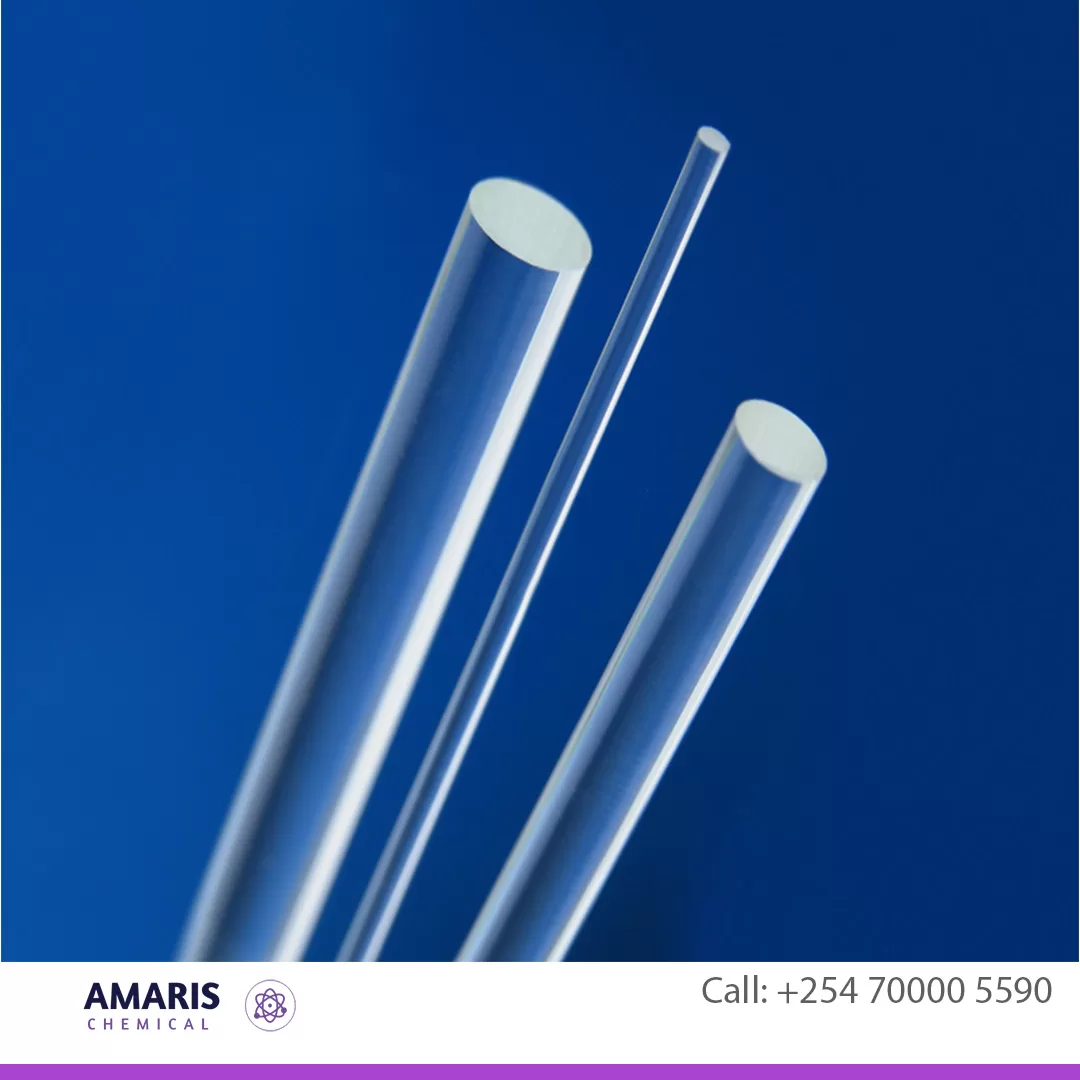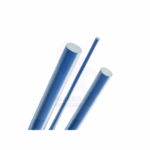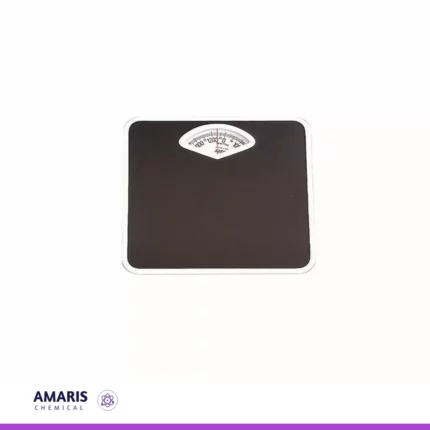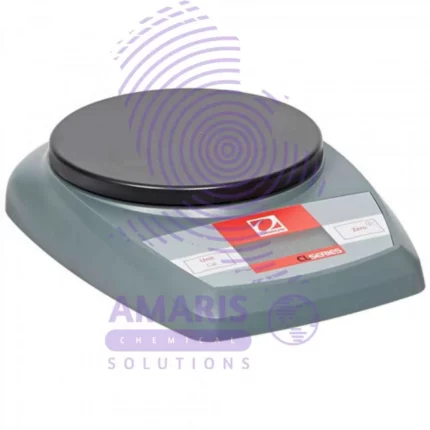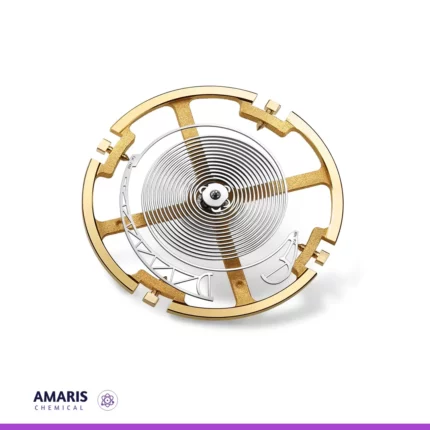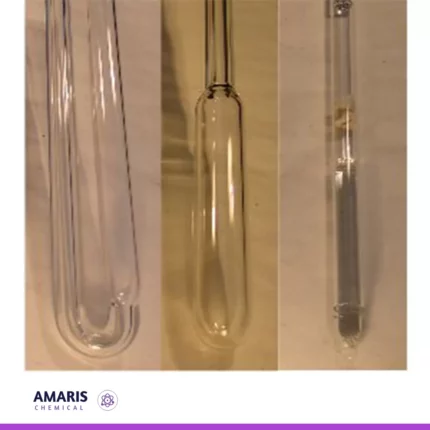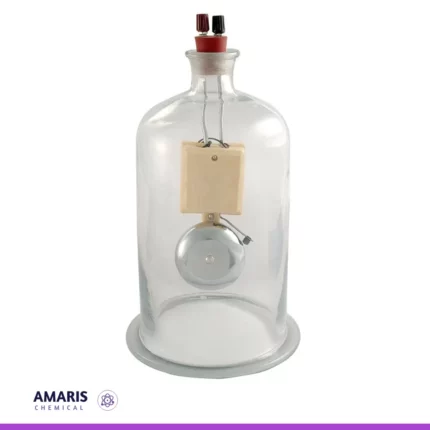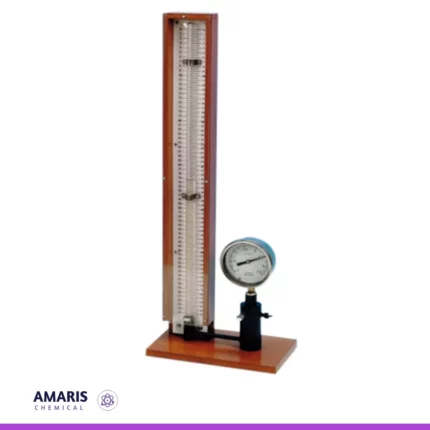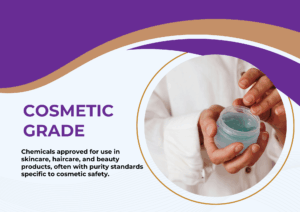“Bar breaking apparatus” has been added to your cart. View cart
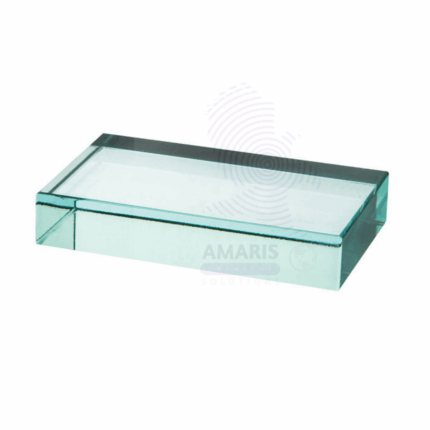
Rectangular Glass Block
KSh500.00 Original price was: KSh500.00.KSh400.00Current price is: KSh400.00.
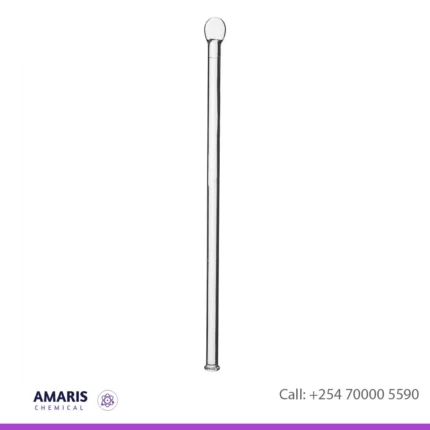
Glass Stirring Rod
KSh500.00 Original price was: KSh500.00.KSh450.00Current price is: KSh450.00.
Glass Rod for Static Electricity
KSh0.01
A glass rod is a common tool used in physics experiments to demonstrate static electricity. Here’s how you can use a glass rod to generate static electricity and some of the principles behind it:
Materials Needed:
- Glass rod
- Silk cloth or piece of fur
- Neutral objects (e.g., small pieces of paper, aluminum foil, or a pith ball electroscope)
Steps to Generate Static Electricity:
- Preparation: Make sure the glass rod and the silk cloth are clean and dry. Moisture can hinder the process of generating static electricity.
- Rubbing the Glass Rod: Firmly rub the glass rod with the silk cloth or fur. This action transfers electrons from the glass rod to the silk cloth, leaving the glass rod positively charged due to the loss of electrons.
- Observation: Bring the positively charged glass rod close to neutral objects like small pieces of paper or an electroscope. You should observe the objects being attracted to the rod or the electroscope showing a deflection. This occurs because the neutral objects become polarized; the side closer to the rod becomes negatively charged, and the side further away becomes positively charged.
SKU:
ACS81737CHEM0
Category: Special Laboratory Equipment
Description
Uses of glass rod
1. Electrostatic Induction Demonstrations:
- Pith Ball Electroscope: When a charged glass rod is brought near a neutral pith ball electroscope, it can induce a charge in the pith ball, causing it to be attracted to the rod. This demonstrates the principles of electrostatic induction and the behavior of charges.
- Foil Electroscope: A glass rod can be used to show the deflection of foil leaves in an electroscope, indicating the presence of static charge and its magnitude.
2. Charge Transfer Experiments:
- Triboelectric Effect: By rubbing the glass rod with silk or fur, students can observe the transfer of electrons between materials, leading to an understanding of the triboelectric series and how different materials interact to produce static charges.
- Charging by Contact: A glass rod can be used to directly transfer charge to a conductive object by touching it, allowing students to see how objects can be charged by contact.
3. Coulomb’s Law Experiments:
- Measuring Electrostatic Force: By bringing a charged glass rod near another charged object, students can observe the repulsion or attraction forces, which can be used to study Coulomb’s law and the relationship between charge, distance, and force.
4. Polarization Demonstrations:
- Attraction of Neutral Objects: A charged glass rod can attract small neutral objects like paper bits or balloons, demonstrating the concept of charge polarization and the movement of electrons within a neutral object in response to an external charge.
5. Electric Field Mapping:
- Field Line Visualization: Using a charged glass rod, students can map the electric field lines by using small conductive test objects or light particles suspended in oil. This helps in visualizing how electric fields emanate from charged objects and the direction of force experienced by a positive test charge.
6. Capacitor Experiments:
- Charging and Discharging Capacitors: A glass rod can be used to charge a capacitor by transferring static electricity. This demonstrates how capacitors store and release electric charge and the concept of capacitance.
7. Static Electricity Applications:
- Precipitators and Dust Removal: Demonstrating the principle behind electrostatic precipitators, which use static charges to remove particles from the air. A charged glass rod can attract dust particles, illustrating how industrial electrostatic precipitators work.
8. Comparison of Material Properties:
- Testing Different Materials: By comparing the effects of rubbing different materials (other than silk) against the glass rod, students can explore the triboelectric series and understand which materials tend to gain or lose electrons more readily.
9. Electrostatic Painting:
- Simulating Industrial Processes: Using a charged glass rod to attract small particles to a surface can simulate the principles behind electrostatic painting, where charged paint particles are attracted to a surface, ensuring an even coat.
Shipping & Delivery
Related products
Aspirator Bottle Glass
A laboratory aspirator glass bottle, also known as a vacuum aspirator bottle or a vacuum filtration flask, is a specialized glass container used in scientific laboratories for various applications. It is designed to create a vacuum or negative pressure, which allows the filtration of liquids through a porous medium like a filter paper or a membrane.
The bottle typically has a conical or pear-shaped body with a sidearm or neck near the top. This neck is where a rubber or silicone stopper is inserted, allowing for the attachment of tubing or a hose to connect to a vacuum source or water aspirator. (Available in 2.5l,5l,10l,)
Laboratory aspirator glass bottles are commonly used in vacuum filtration processes to separate a solid precipitate from a liquid solution. When connected to a vacuum source, the air inside the bottle is removed, creating a pressure difference that draws the liquid through the filter, leaving the solid behind on the filter paper.
These bottles come in various sizes to accommodate different filtration needs and are an essential tool in many research, analytical, and quality control laboratories for tasks like separating particulate matter, sterilizing solutions, and performing various filtration techniques. They are often made of durable borosilicate glass to withstand the pressure changes and chemical interactions that may occur during laboratory operations.
Balance Bathroom Scale
KSh0.01
balance spring
KSh0.01
Barometer tubes
KSh0.01
A barometer tube is a slender, sealed, and typically transparent tube used in barometers to measure atmospheric pressure. It is usually filled with a liquid, often mercury, but sometimes water or another fluid, which rises or falls within the tube in response to changes in atmospheric pressure. The height of the liquid column in the tube serves as an indicator of the current atmospheric pressure, with higher pressure causing the liquid to fall and lower pressure causing it to rise. This measurement helps in predicting weather changes and understanding atmospheric conditions.
bell in vacuum
KSh0.01
A "bell in vacuum" apparatus is a scientific setup used to demonstrate the effects of reduced air pressure (vacuum) on sound transmission. It typically consists of a bell or sound-producing object enclosed within a sealed chamber from which air has been removed, creating a low-pressure environment. This apparatus is designed to illustrate how sound travels differently in a vacuum compared to in normal atmospheric conditions, highlighting the role of air molecules in sound propagation.
blow pipes
KSh0.01
A blowpipe apparatus is a scientific instrument used in analytical chemistry and mineralogy for conducting various tests, particularly flame tests and microchemical reactions. It typically consists of a small tube or pipette through which a controlled stream of air or oxygen is blown onto a sample being heated. This stream of air or oxygen enhances the combustion of the sample, allowing the observation of characteristic colors emitted by different elements when they are vaporized and excited by the heat. The blowpipe apparatus is often used to identify and differentiate between different elements and compounds based on their unique emission spectra and reactions.
Boyles Law apparatus
KSh0.01


